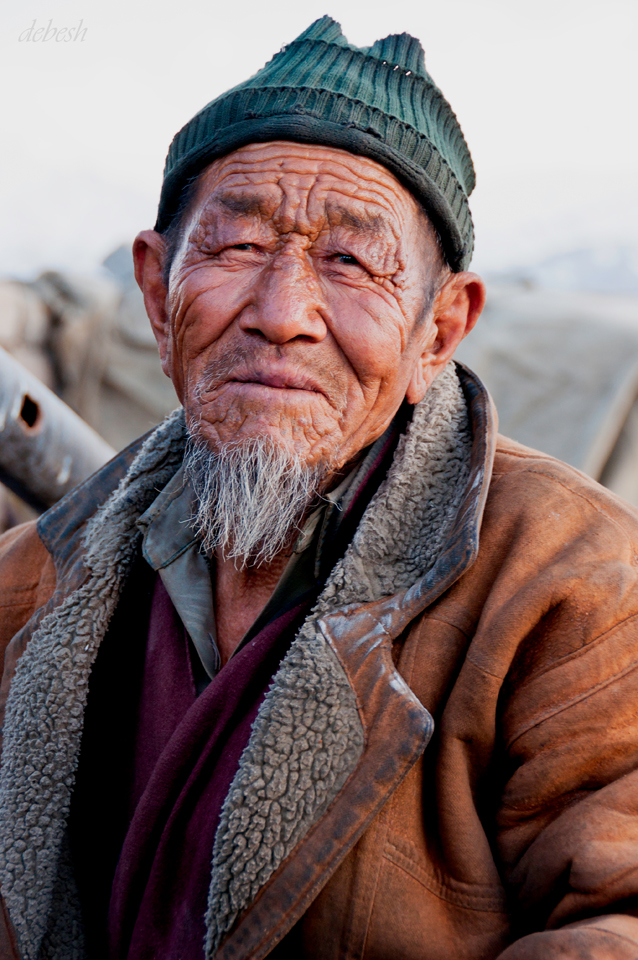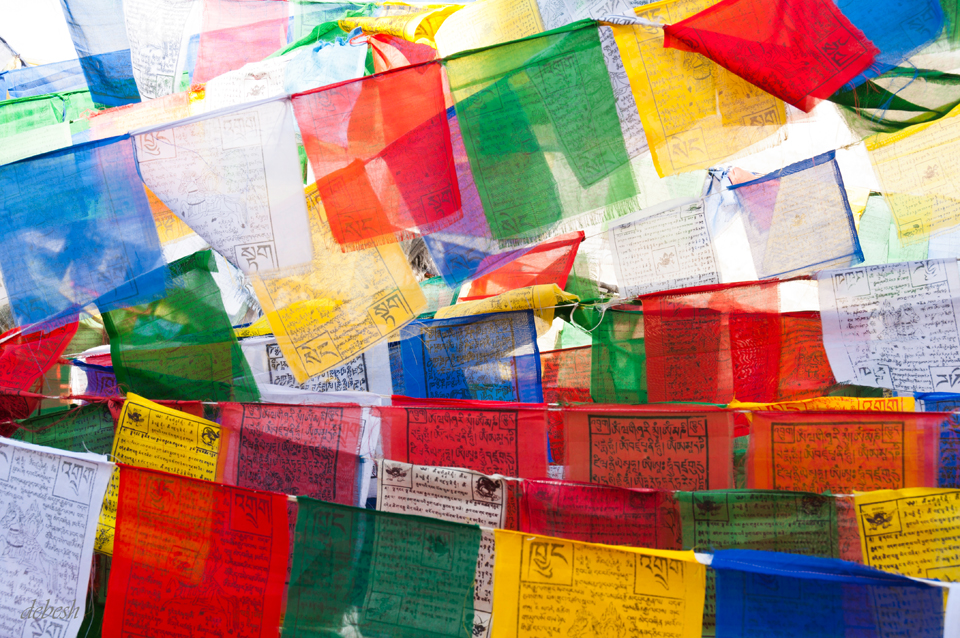After a week in Ladakh, I feel the magic! I am happy. I was thrilled to hold my camera in my hand in Ladakh, morning, afternoon, evening. Yet I had been despondent same time seven days back, really miserable. Everything seemed right with photography, yet all wrong with my photographs (or at least so I thought). I was feeling blue when I wrote my last blog post, and promised to write about what worked for me, what allowed me to get into the creative groove from the creative rut, a subtle but evocative turn of phrase (and mindset).
All I needed really was to get out of where I was – the physical space. My environs had made me mentally claustrophobic, emotionally constrained. I’d stopped feeling. For me, the process of making a photograph, of creating an image is heartfelt…it’s not just about putting my viewfinder to my eye and pressing the shutter release button to capture whatever fills that frame. A photograph for me is a story with a beginning, middle, and an end. But I’ll write about the photographic story some other time. For now, let’s return to what happened. When I kept visiting the same places, seeing the same people, the same things where I was, over and yet over again, I suffered from cognitive blind spots. I was inured, and for that reason, “trigger shy.”
I literally needed to get out for some fresh air. In the rarified high-altitude atmosphere of Ladakh, my brain may have been oxygen starved, but my soul was satiated. I felt everything with innocence, without thought, logic or reason, but through the awestruck eyes of a child seeing that brand new toy. My singular goal was to engage “photographic gears” of the heart, the eye, and the mind (in that order) so that better photographs could follow. I needed to feel again.
Working in unfamiliar territory (literally) often provides insights to me and offers new ideas and challenges. Again, this gets my brain working, solving problems, and leads to new approaches. For example, I don’t focus on any specific genre, but I rather create images of people, places, and things that stir me within, that make me feel deep inside long after I have made that photograph. But in Ladakh, I spent a long time photographing locals, talking to them, and that almost compelled me to look at photographic composition in ways that I hadn’t before.
On my first day in Ladakh, I was driving by when I saw this old man sitting on a broken-down chair in a junkyard by the roadside. I crossed him and went past for maybe about half-a-kilometre or so when I felt something tugging at my heart and wanting me to go back. So I turned around, went back, smoked a cigarette with him, and made a few photographs of Mr. Twinkling Eyes. Isn’t it strange how the eyes don’t have to be wide open for the universal language of an indulgent smile to be recognized? This place was en route to where I was staying in Leh and I crossed it each day. Every single day after that I watched out for this old man, but never saw him again. I’m glad I went back.

Lesson learnt – shoot at sight!
I experimented. I made some great images, and I daresay some masterpieces; and that was just because I felt free, felt liberated – there were no limiting boundaries of the “same old, same old”. I talked to people, listened to their stories. I created pictures of the same subject in many ways – over- and under-exposed, black-and-white and color, in focus and out of it. I had no rules, but for an imposition I placed on myself – I wouldn’t crop any images later. This ensured I walked (and slowly at that) to get the composition right, which also meant I saw and felt much more. When I moved physically, I saw my subject with a more open mind and fresher eyes. I approached the entire process of making a photograph in new ways and along those ways I learnt much about my photographic vision. My idea was to remember that there are a million ways to look at even the most “ordinary” subject. Having said that, I actually don’t believe that there are any “ordinary” subjects, just photographers with ordinary vision – I’d used that word, figuratively speaking, to put across a point. As Emerson profoundly observed, “Never lose an opportunity of seeing anything that is beautiful; for beauty is God’s handwriting – a wayside sacrament”.
Of course it helped that I was surrounded by conventional and classical beauty. And also beauty in the form that photographers with visual acuity see – the wayside sacrament variety. I had found my muse. I had discovered Ladakh. As an illustration, this photograph of prayer flags is possibly “ordinary”, but for me it has a meaning as it would for everyone who has been to places such as this. Prayer flags are believed to have originated with Bon, which predated Buddhism in Tibet. Traditionally woodblock-printed with texts and images, they have Buddhist Sutras inscribed which were then transmitted to other regions of the world by the wind. Legend ascribes the origin of the prayer flag to Shakyamuni Buddha, whose prayers were written on battle flags used by devas against their adversaries, the asuras. These horizontal prayer flags, called lung ta (meaning “Wind Horse”) in Tibetan, are in five colors representing the elements, and arranged from left to right in a specific order: blue, white, red, green, and then yellow. Blue symbolizes sky/space, white symbolizes air/wind, red symbolizes fire, green symbolizes water, and yellow symbolizes earth. But for me the meaning is rather simple. Serenity. Belief. Faith. Hope

And so yes, that too did pass. All because I stepped out. Thank you Mark Twain for telling me that. “Twenty years from now you will be more disappointed by the things that you didn’t do than by the ones you did do. So throw off the bowlines. Sail away from the safe harbor. Catch the trade winds in your sails. Explore. Dream. Discover.”
Leave a Reply